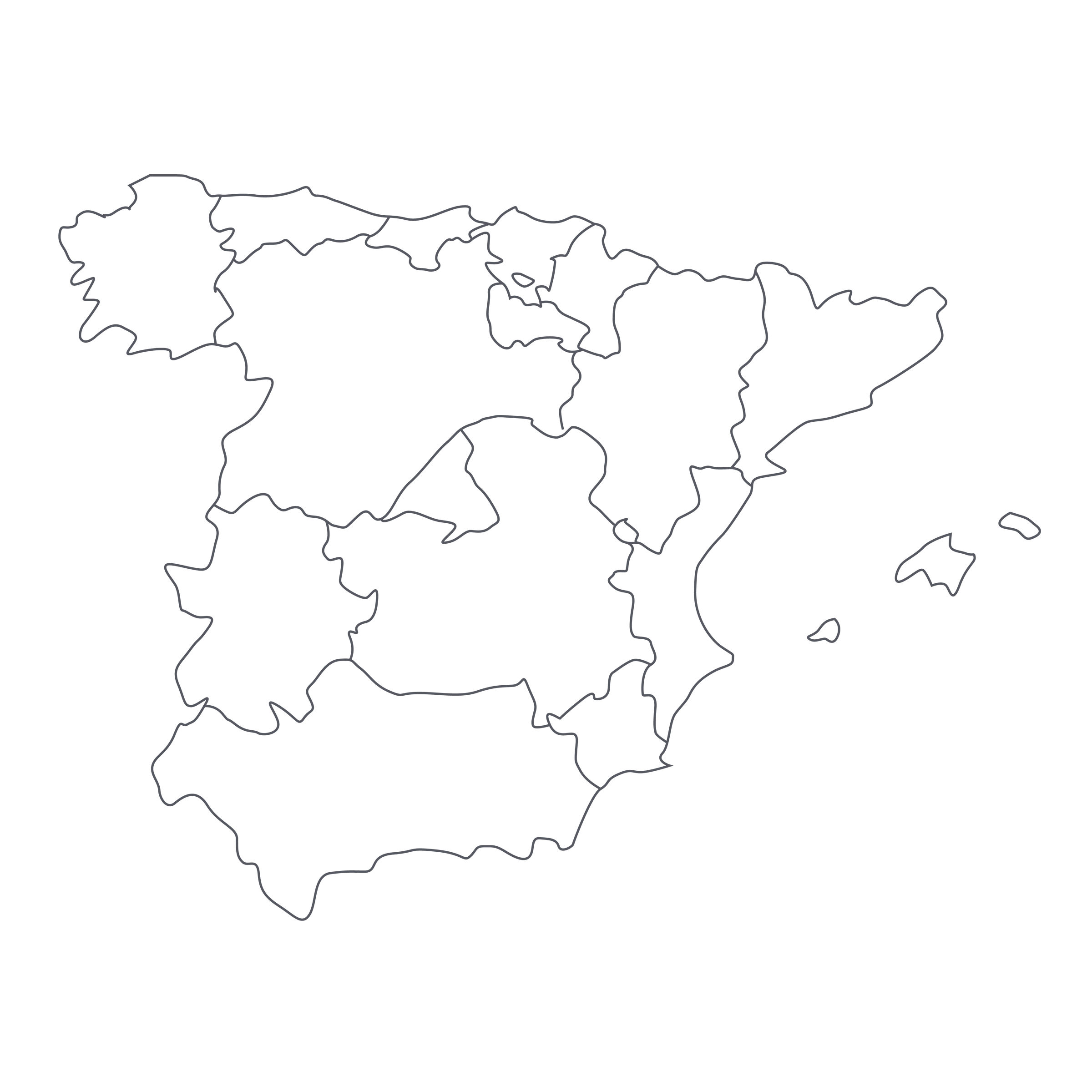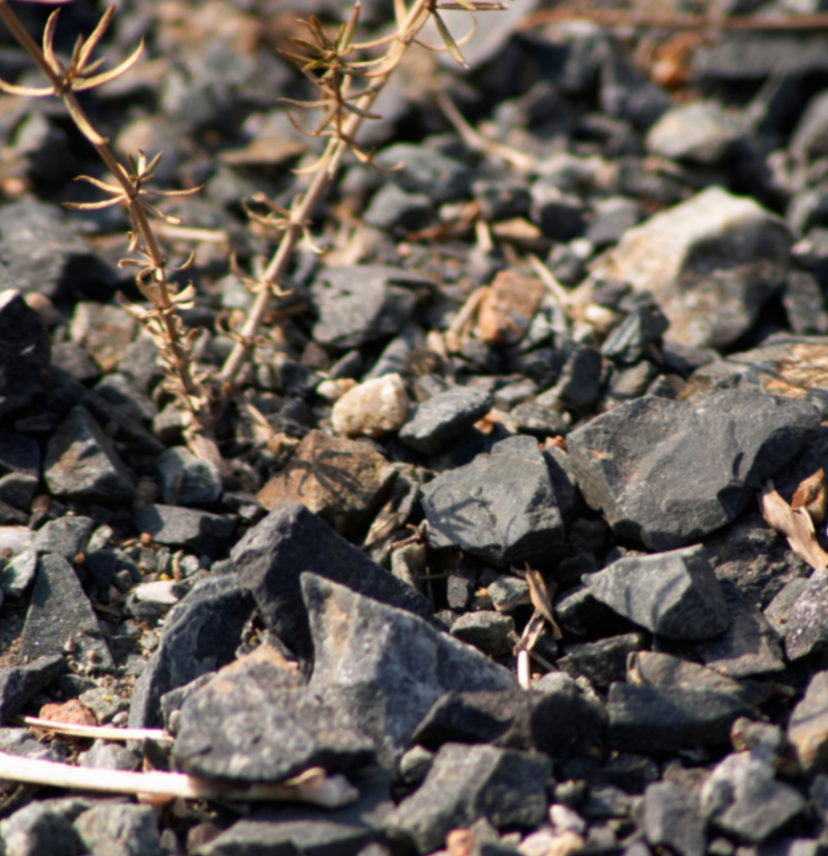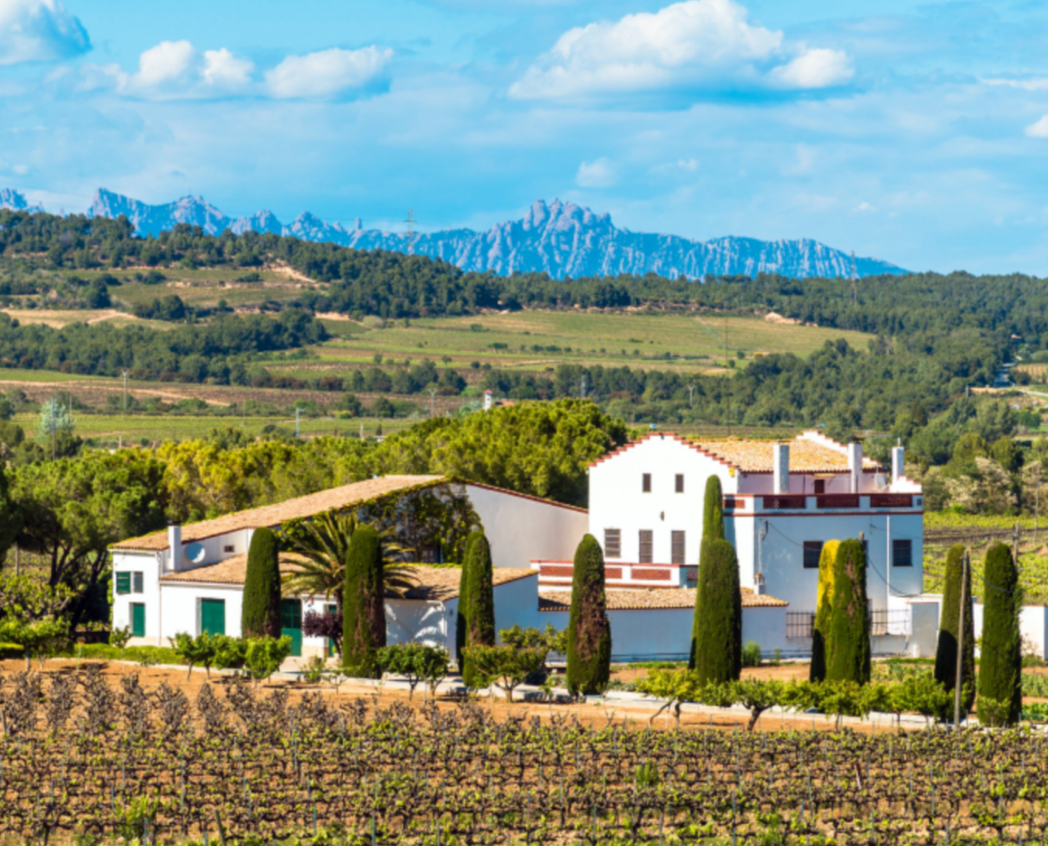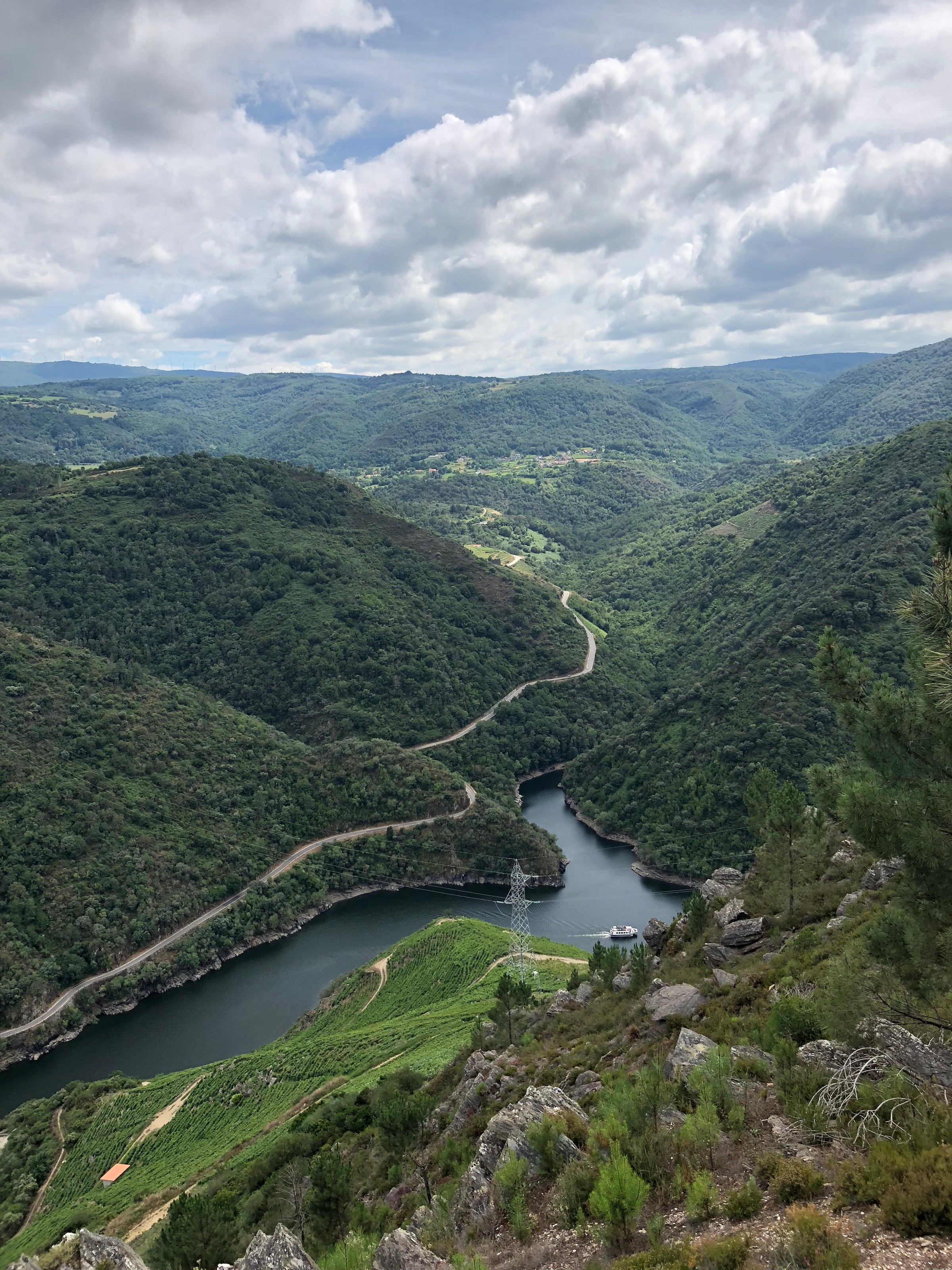There is a secret treasure hiding in the mountains of Northwestern Spain, at the eastern border of Galicia. Not gold or diamonds, but 80- to 150-year-old vines of Mencía, Prieta Pricudo and Alicante Bouschet that are nestled in small holes, almost like pots, called ollo, to help protect them from the harsh mountain environment. This is not the “Green Spain” that we often refer to when talking all things wine in Galicia. Here, the Galician Massif, dominated by the 7,000-foot Pico Teleno, shields the high plains of Herreros de Jamuz from the Atlantic influence. It’s a region of hot, dry summers and cold, snowy winters.
But somehow these ancient vines growing at very high altitudes have managed to survive, almost untouched, for over a century. And despite the extreme conditions, indeed perhaps because of them, the super tiny yields produce fruit that has an outrageous amount of depth, concentration, and complexity in every tiny, precious berry. From this hard-won fruit, Fuentes del Silencio crafts “Las Jaras,” a wine that may be the best $32 bottle of red you will find anywhere.
Valle del Jamuz is not exactly a household name as wine regions go. We’re pretty sure that most people in Spain haven’t even heard of it. But this is Miguel Alonso’s homeland and he was able to convince his wife, Maria José Galera, to retire here after they both spent decades working as Medical Doctors. Miguel also purchased a small vineyard and almost immediately realized that he had something special. The land is dominated by the quartzite and slate of the mountain range and is rich in both minerals (ok, there really is some actual gold and diamonds here, too) as well as hidden aquifers. It’s these aquifers that have allowed bush vines that were planted back in the late 1800s to survive despite super-dry summers (and decades of neglect). Maria and Miguel had a hunch that these ancient, pre-phylloxera vines growing in mineral-rich soil were special and contained boundless potential for producing world-class wines. And guess what? They were right!
They named their new winemaking endeavor “Fuentes del Silencio” because they did not want their own names to be splashed on the labels like some vanity project. Instead, they approach the job with an almost monastic devotion to preserving the history and traditions of grape growing in Jamuz. All the vineyards they farm and preserve are Certified Organic, and everything in the cellar is equally pristine and done without additives or chemicals of any kind. Maria and Miguel actually built their cellar from scratch and bought entirely new equipment in order to avoid any residual yeast or bacteria that might come from outside of Jamuz. They are fanatics about producing the purest expression of their distinct terroir.
Given the exceptional quality of raw material and the single-minded dedication of the Fuentes del Silencio team, it’s not shocking that they produce world-class wine. But that they can do that in a bottle that costs so little is a bit of a miracle. Most of the best Mencías from Galicia are easily into the $80s and higher, but “Las Jaras” delivers all the same goods and more for just $32. Though still very youthful, Las Jaras is ready to go with just a quick 30 minute decant. Black cherries, wild raspberries, roses and mountain herbs all swirl about the nose and the same fruits mingle with savory earth and slatey, saline minerals that are all wrapped in a bright, silky texture that has both incredible depth and length. It’s distinct, it’s delicious, and it very much deserves your attention. It really is an outrageous value, you should probably grab a case!







